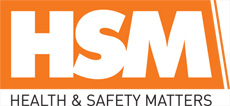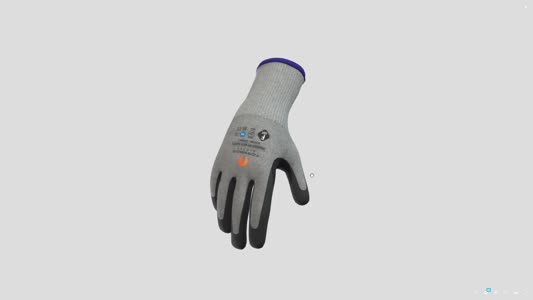
 |
Mark Sennett
Managing Editor |
 |
Kelly Rose
Editor |
| Home> | Industry Update | >Company News | >Get behind No Falls Week |
| Home> | Slips, Trips & Falls | >Fall Prevention | >Get behind No Falls Week |
| Home> | Slips, Trips & Falls | >Fall Protection | >Get behind No Falls Week |
Get behind No Falls Week
16 May 2024
WE ALL want a future free from falls – so let’s get behind No Falls Weeks, urges Phil Pinnington.

Between 2022 and 2023, 40 workers lost their lives falling while working at height, making this the leading cause of UK workplace deaths that year. Worryingly, this was 11 deaths more than the previous year and 5 deaths above the 5-year average, so it’s clear that action is needed if we want a future free from falls.
The picture becomes bleaker still when we review non-fatal injury data, which documents 5,118 worker injuries linked to falling from a height in the workplace. Each of these injuries and each of these fatalities represents a person impacted by workplace falls, something we risk losing sight of when lost amongst the data.
Each accident and every fatality tell a story, one that impacts not only individual workers but also their colleagues, family, and friends. That’s why No Falls Week (May 13-17) led by the No Falls Foundation provides an ideal opportunity for employers and employees to focus on education, training, and prevention, making workplaces and workers safer. From reviewing risk assessments to providing refresher training, No Falls Week is the perfect opportunity to share best practice, bust myths, and above all, save lives.
So, what can employers do to make their workplaces safer for those working at heights?
Assess your risks:
- Understanding the risks that exist when working at heights is a cornerstone of effective preventative action – reaffirming the adage that prevention is better than a cure
- Risk assessments should be routinely reviewed to ensure that they respond to the risks faced by those working at heights, through the introduction of a series of control measures (from fall restraint kits and harnesses to safety fencing and guide rails)
- We know that practical, real-world experience makes risk assessments stronger and more effective, making the opportunity provided by No Falls Week to kick-start conversations an invaluable opportunity to put worker safety front and centre.
Time for Training:
- Hand-in-glove, risk assessments and workplace training are key to effective risk reduction. Reviewing the training offering, regularity, and effectiveness are essential in responding to the risks of working at height
- Training should look to be specific to the challenges faced by those working at height, incorporating real-world learning underpinned by up-to-date theory
- Clearly, working at height is a broad term, covering myriad roles and spanning sectors and perhaps this does workers somewhat of a disservice. There are, of course, areas of overlap between those working on cranes and skyscrapers (extreme heights) and their colleagues working on low-rise buildings, using ladders and stepladders or cherry pickers
- Recgonising the differences that exist between these groups and responding accordingly to the level of risk (underpinned by the understanding that risk increases exponentially the higher someone is working) is essential to a fall-free future.
Can we really have a future free from falls?
The recent, growing trend in fatal workplace falls could risk people forming a defeatist view of the future, made even harder by the changes and challenges it will, inevitably, hold.
While it’s good to practice caution, and be cognisant that this trend could continue, putting another generation of workers at risk, there is also plenty of room for optimism about the future’s potential and its promise of progress.
Alongside the practical steps taken by employers to reduce risk and make workers safer, new and developing technologies offer the opportunity to make a fall-free future a reality.
We know that technology, invariably, shapes how we work, and working at heights is no exception. We’re already seeing examples of technology making workplaces safer by reducing (or removing) human involvement in working at height, offering, perhaps for the first time in history, the ability to remove human error altogether.
Robotics, automation, and artificial intelligence (AI) offer the hope that workers may, one day, not even need to work at heights. While we cannot know what the future will hold, we could see a world in which humans are removed from the process of working at heights entirely and replaced by AI-enabled plant machinery, robots, and other technologies, removing the risks associated with falls.
Whatever advancements the future may hold, in the here-and-now it remains essential that employers are aware of the risks posed by working at heights and that measures are put in place to protect those people still working at height.
Phil Pinnington is head of audit and consultancy at British Safety Council. For more information, visit www.britsafe.org
- Celebrating women in construction
- Disposable coveralls
- 50 years of the Health & Safety at Work Act
- Bridging the gender gap
- The human factor
- Wisdom and wit from a safety psychologist
- From the CEO’s Desk: HSE addresses the influence of 'human error'
- Firefighting and dermal poisoning
- Why workplace safety is important
- Technology transforms safety
























